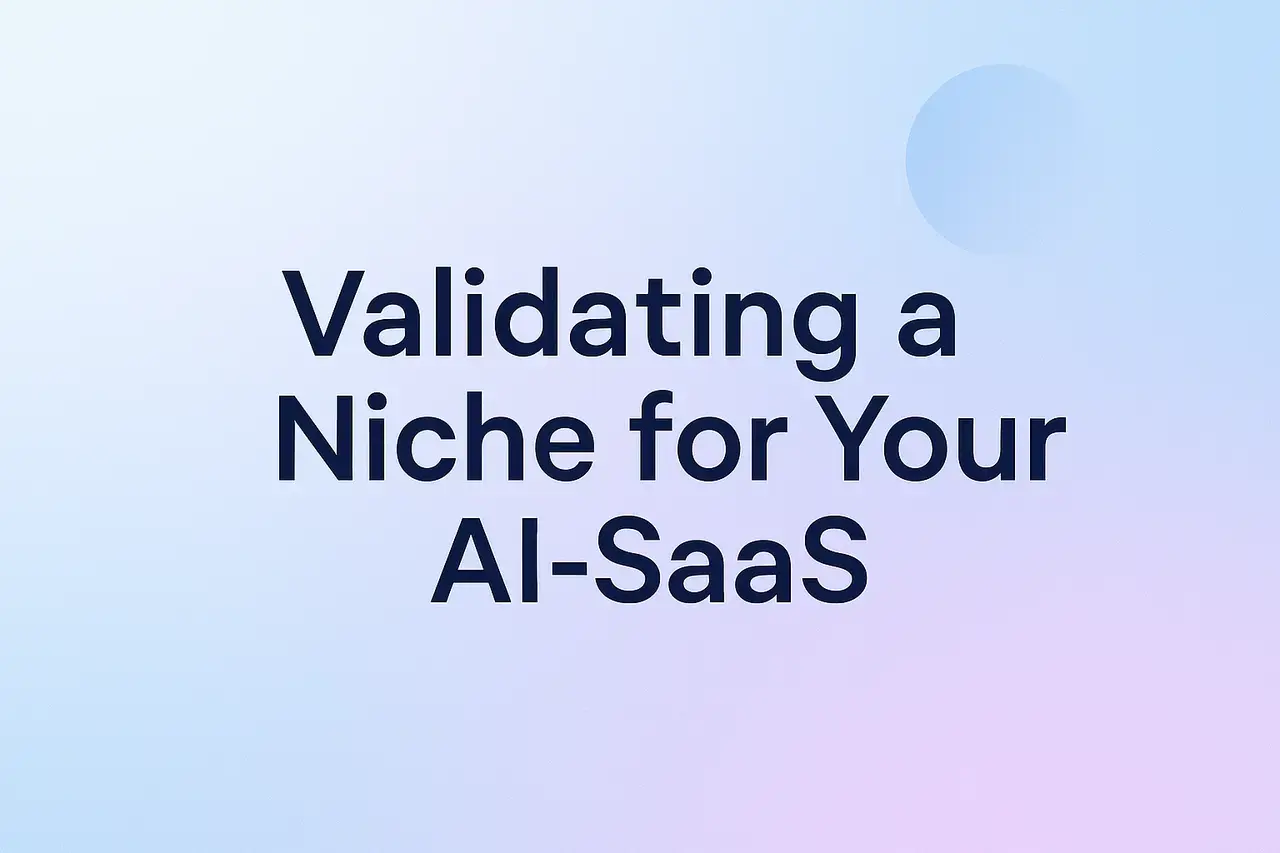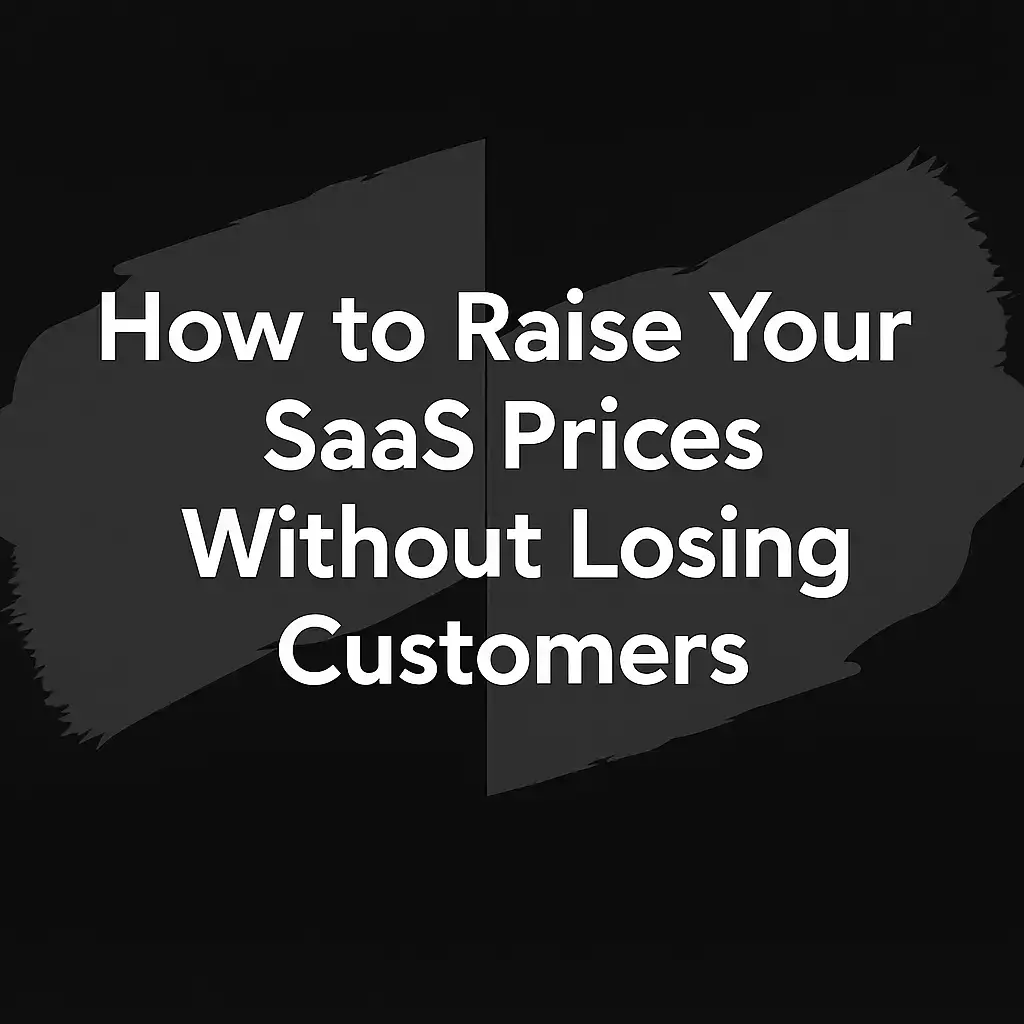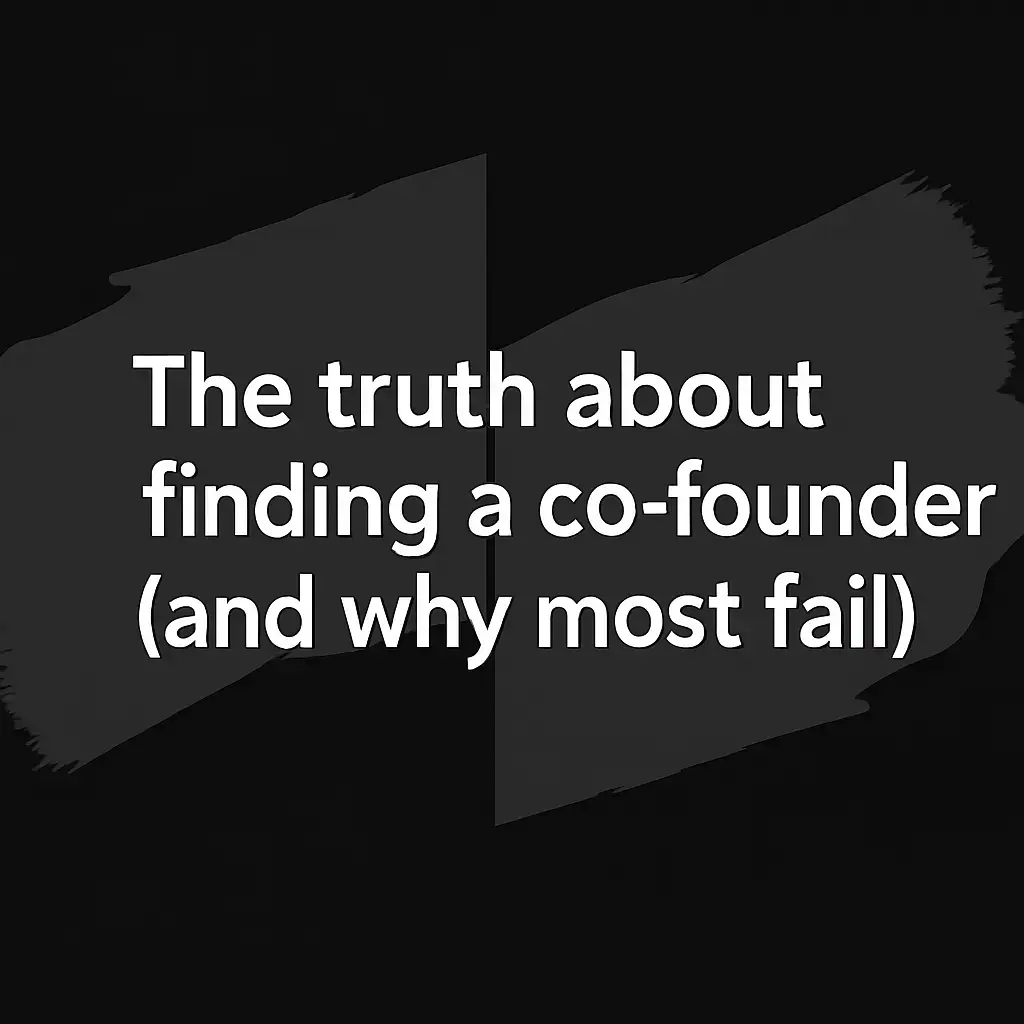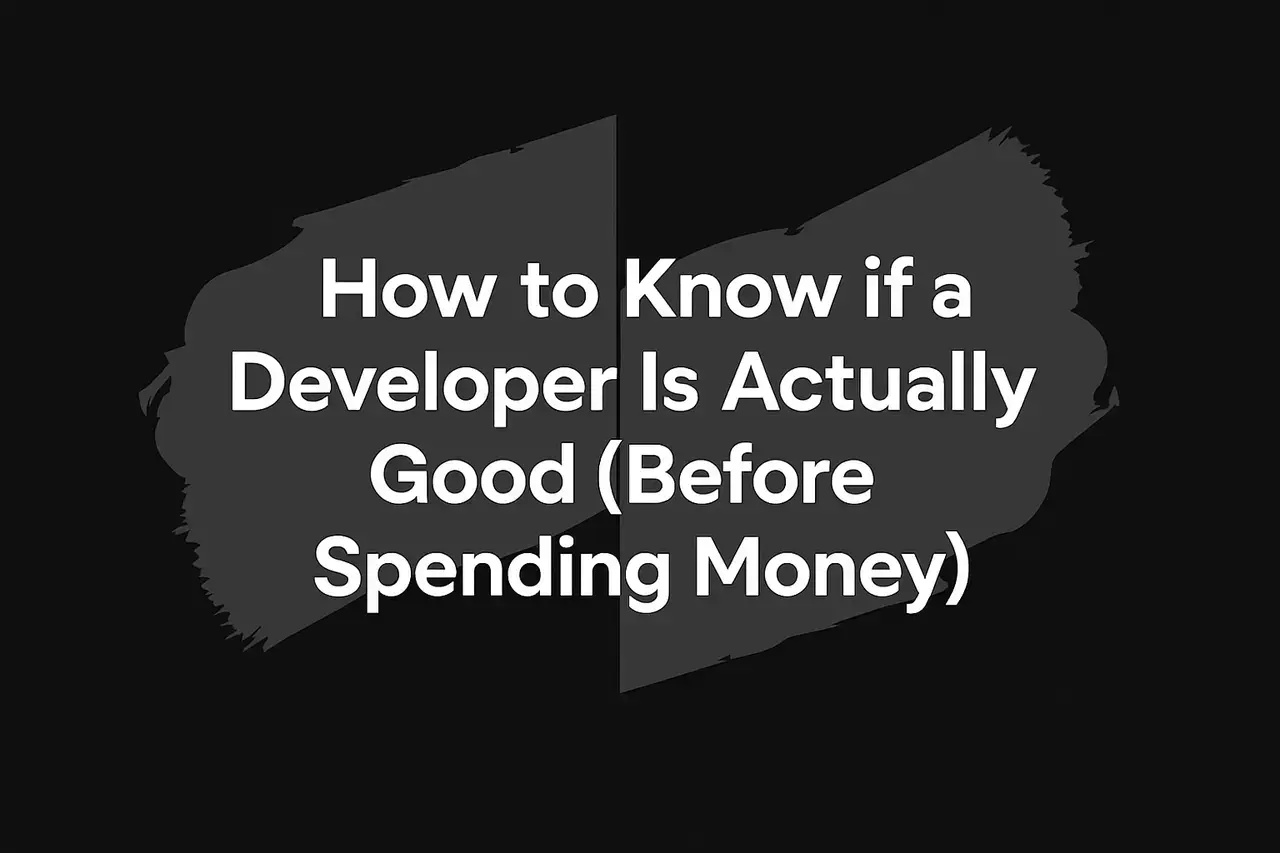Right now everyone wants to build an AI-powered SaaS.
Every week, new startups launch tools for writing, image generation, or chatbots.
But the truth is that most fail. Not because the tech is bad, but because they build for crowded markets.
If you browse Reddit or IndieHackers, you’ll see hundreds of makers chasing the same idea — AI for content, AI for resumes, AI for marketing emails.
Those ideas can work, but they’re not blue oceans anymore.
The best opportunities today live in quiet niches where people still run their business on spreadsheets and manual work.
That’s where AI-SaaS can truly win.
In this post, I’ll show you how to validate a niche before building anything, how to confirm that people are willing to pay, and how to move from pain point to MVP with clarity.
1. Stop Looking for “Trendy Niches” and Start Looking for Real Pain
Many founders begin by asking, “What’s a hot market right now?”
That’s the wrong question.
The right one is, “Who has a painful, expensive, or boring problem that no one is solving properly?”
AI only matters when it removes a real bottleneck.
Look for:
-
Industries that are slow to adopt tech, like logistics, education, construction, or legal.
-
Teams that still depend on manual steps and email approvals.
-
Repetitive tasks where humans make similar decisions daily.
A founder we worked with explored AI for warehouse operations.
Nobody was talking about it, but warehouses constantly deal with damaged stock tracking and supply delays.
Not exciting, but very profitable.
2. Don’t Guess. Talk to Real People
Validation doesn’t happen on paper. It happens in conversations.
Before writing code, talk to at least 10 or 15 potential users.
Ask simple questions:
-
What frustrates you the most in your daily work?
-
How do you handle it today?
-
Have you tried any tools for that?
-
If someone solved it perfectly, how much would you pay?
Listen carefully and notice the words that repeat.
When three or more people describe the same pain in similar terms, you’ve found a pattern.
Many founders skip this step and waste months building products no one wants.
Real validation happens when someone says, “If you build that, I’ll pay for it.”
3. Focus on a Specific Group, Not on Everyone
When you build for everyone, you build for no one.
A niche isn’t just an industry. It’s a combination of job role, problem, and context.
“AI for lawyers” is too broad.
“AI for solo lawyers who draft contracts weekly and don’t have paralegals” is a real niche.
You can understand that audience, speak their language, and sell faster.
That’s how most strong SaaS companies start. They dominate one corner before expanding.
4. Validate With Actions, Not Opinions
People love saying your idea sounds cool.
That’s not validation.
You only validate when they:
-
Join a waiting list
-
Book a call
-
Share the idea
-
Pay for early access
Build a quick landing page.
Describe the problem, show your idea, and add a “Join Beta” button.
If you get signups or interest without pushing hard, that’s your signal.
Validation isn’t about research documents. It’s about small, real actions that show willingness to pay.
5. Build a Simple MVP, Not an AI Lab
You don’t need to spend months building models.
Your MVP only needs to show real value fast.
You can build it with:
-
A no-code or low-code frontend like Webflow or Framer
-
A light backend using Django or Node
-
An AI API from OpenAI, Anthropic, or Hugging Face
Your goal is not to impress engineers. It’s to prove that users get something valuable from your solution.
At BrilliantSaaS, we’ve helped founders go from idea to paying users in less than 6 weeks by focusing on one thing: solve one painful problem well and launch quickly.
6. Niche Doesn’t Mean Small
Many founders hear “niche” and think “tiny market.”
That’s wrong.
A niche means focus. When your product becomes the best option for a specific audience, you can charge premium prices.
Look at Museed.co, one of our SaaS products.
It began by solving one unique pain for a small audience: audio creators who needed an embeddable player that supported gapless playback — something even Spotify’s web version didn’t do.
That single feature became the key reason why operadepot.com, one of the biggest opera e-commerce platforms, joined Museed.
They started at $49/month.
When we added the custom player with gapless playback and advanced analytics, the value became clear, and they upgraded to $149/month.
This is what real pricing power looks like.
People pay more when they clearly see more value.
7. Keep Your Feedback Loop Tight
Once you have your first users, stay close to them.
Ask what they like, what frustrates them, and what they wish existed.
Your early adopters will shape your roadmap better than any analytics tool.
The best AI-SaaS products grow fast not because they launch perfectly, but because they listen, improve, and iterate fast.
Final Thoughts
AI is not the hard part anymore.
Finding a valuable problem is.
Stop chasing trends and start chasing pain.
Find the people who are frustrated, create something that truly helps them, and validate it through real action, not assumptions.
Once you do that, scaling becomes natural.
At BrilliantSaaS, we help founders validate, build, and grow profitable SaaS and AI-SaaS products that solve real problems.
If you want to test your idea, find your market, or build an MVP fast, we can help.





Comments
No comments yet.
Log in or sign up to comment.